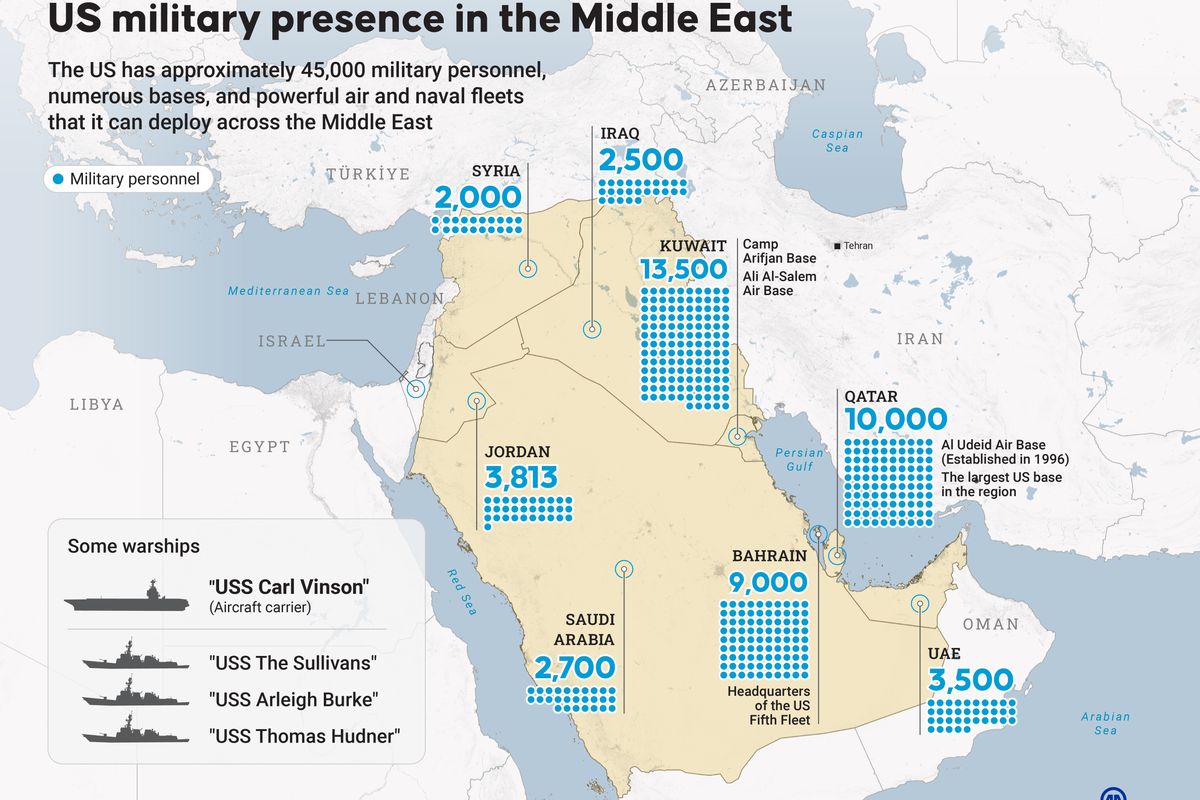As 2017 begins, it is worth reflecting on the current state and future direction of Department of Defense (DoD) acquisition. Contract data from the Federal Procurement Data System provides a robust picture of where DoD acquisition has been, while the FY 2017 National Defense Authorization Act (NDAA) makes dramatic changes to the structure of the defense acquisition system that will shape the direction of DoD acquisition efforts going forward.
The Decline in Defense Contract Obligations Approaches a Floor
Between FY 2009 and FY 2015, DoD contract obligations (which reflect when money is put on contract with vendors, as opposed to budget authority) declined by over a third, with sharp declines in all major components of DoD and across the range of services and systems DoD contracts for. Much of this decline has occurred in recent years; in particular, overall DoD contract obligations declined by 15 percent in 2013 alone, the year in which the impact of sequestration is reflected. That decline slowed to 9 percent in 2014, and in 2015, DoD contract obligations declined by only 5 percent. While complete and reliable data for FY 2016 will not be available until mid-February, early indications point to an even milder decline in 2016, if not a small increase, as the fiscal situation under which DoD operates has stabilized, to a degree.
Research & Development Contract Obligations Continue to Plummet
Throughout the current budget drawdown, DoD R&D contract obligations have declined notably more steeply than overall DoD contract obligations. While overall DoD contracts have declined by over a third since 2009, R&D contract obligations within DoD have declined by a remarkable 53 percent, and have declined by 39 percent just since 2012. In 2015 alone, R&D contract obligations fell by 17 percent, over three times the rate of overall DoD contracts.
As discussed in a recent CSIS report on trends in federal R&D contracting, the key driver is a massive decline in mid-to-late stage R&D tied to a six-year trough in DoD’s development pipeline for major weapons systems. As large programs have either matured out of development (i.e. F-35) or been cancelled (i.e. Army’s Future Combat Systems (FCS)) in recent years, there has been a dearth of new development programs to fill the gap. This problem is particularly acute for the Army: since the failure of FCS, budgetary constraints and continued uncertainty about future missions and capabilities left the Army unable to start and sustain new development programs for major weapons systems, a problem that seems likely to persist for the foreseeable future, even if the size of the Army expands.
The FY 2017 NDAA Makes Fundamental Changes to the Defense Acquisition System
The FY 2017 NDAA will shape the direction of DoD acquisition efforts going forward. Recently passed by both chambers of Congress and signed by President Obama on December 23rd, the NDAA implements the most dramatic structural reforms to the senior civilian acquisition leadership inside DoD in decades. In particular, effective February 1, 2018, the legislation splits powers and responsibilities of the Office of the Secretary of Defense for Acquisition, Technology, and Logistics (AT&L) into two separate offices: the Under Secretary for Research & Engineering (USD (R&E)), and the Under Secretary for Acquisition & Sustainment (USD (A&S)).
USD (R&E) is designated as the Chief Technology Officer within DoD, and has authority and oversight over all basic research activities, as well as development, up until Milestone B, when a program advances from Advanced Technology Development (6.4) into System Development (6.5). The USD (A&S), meanwhile, is granted oversight and authority over acquisition and industrial base policy, along with system development, procurement, and sustainment, as well as serving as the Defense Acquisition Executive. The precise balance of authority between the USD (R&E) and the USD (A&S) will be determined as DoD implements the framework put forth in the NDAA, but careful work will have to be done to ensure conflict does not occur between the two offices as oversight of programs is handed off from USD (R&E) to USD (A&S). Congress has weighed in on how they believe that balance of power should be weighed; Section 901(c)(1) states that the USD (R&E) “takes precedence” over the USD (A&S) on matters over which the latter has responsibility. Whether this means that Congress intended the USD (A&S) to be explicitly subordinate to the USD (R&E), or whether it is a more limited grant of authority, will likely not be known until DoD fully implements these changes.
This structural change broadly mirrors other provisions in the NDAA that create a separation between the technology development and the system development stages. This leaves open the question of how the Congressional appropriations committees will react to that increasing separation; funding for technology development is largely done within the Major Defense Acquisition Program (MDAP) construct today, so creating a distinction between development of technology not tied to an MDAP (under the USD (R&E)) and system design and development of platforms (under the USD (A&S)) would necessitate a change in how the appropriators structure funding for middle stage technology development and maturation. How DoD implements this separation, and how willing the appropriations committees are to accommodate this proposed separation, will be a key factor in determining the impact of these changes.
Final Thoughts
Until the new acquisition leadership team is in place in DoD, it will be difficult to determine how acquisition policy will be directed by the new administration going forward. Congress has shown in the past two authorization bills that it is moving away from the Carter/Kendal Better Buying Power-era focus on reducing cost and finding efficiencies, and is now primarily interested in fostering innovation and increasing the speed of the acquisition process.
However, President-elect Trump has shown a strong early emphasis on cost control even as he has pledged to increase defense spending. This suggests that it is far from smooth sailing ahead for the defense industry, even as DoD contract obligations are approaching a floor, and the incoming administration’s intentions to boost the defense budget are likely to provide a resulting boost to defense contract spending in future years.








